Polymita is a genus of large, air-breathing land snails, terrestrial pulmonate gastropod mollusks in the family Helminthoglyptidae. These snails are endemic to Cuba.
Polymita inhabits the subtropical hardwood forests growing on the coastal plains and mountains of the Eastern end of Cuba. The Polymita displays a marked preference for certain tree species. The preferred or host tree is; Hicaco (Chrysobalanus icaco). Other host trees are varieties of Poisonwood (Metopium toxifera, brownei ), Gumbo Limbo (Bursera simarouba), Hicaquillo (Coccoloba retusa), and other smooth-barked hardwoods.
The Polymita snails feed on the confervoid algae, fungi, sooty molds, and lichens which grow on subtropical hardwood trees and shrubs. Polymita does not eat the leaves or bark of the host tree. Feeding paths may be seen where the snail has scraped the algae and lichen growths with their radula. The quality of the habitat, that is, the amount of food and type of food, affects the shell growth of the Polymita. The Polymita is a welcome guest in the Coffee and Guava orchards of the Oriente province as they eat the sooty molds on the leaves and branches of the trees.
It’s no surprise that land snails like Polymita would be so successful on an island. With the ability to secrete a mucus seal around their shell openings, these invertebrates can go dormant for long periods without drying out. This makes them good travelers, hardy enough to survive a trip at sea on vegetation that comes loose from the mainland during a storm or flood.
The beauty of these striped snails is a many-splendored thing, and differences in color occur not just between species, but also within individuals of a single species. Some scientists suggest that the variations might confuse predators, preventing them from homing in on these snails as a predictable meal, but the question is far from settled.
Polymita is preyed upon by a variety of vertebrates and invertebrates; birds, rats, and the most destructive enemies of all; bulldozers and the ensuing destruction of habitat. Habitat destruction is by far the greatest threat to the Polymita.
If Cuba is the paradise for land-shells, Polymita must be Adam and Eve’s Apple. It has such a beautiful species that it seduces the human mind. Both for good (well-illustrated and emblematic for the Cuban malacofauna) and for worse (because of its beauty its species are being over-collected and used as souvenirs). The threats by human activities have plagued these species and eventually may drive them into extinction.
#Wildlife #BeautifulSpecies #Cuba

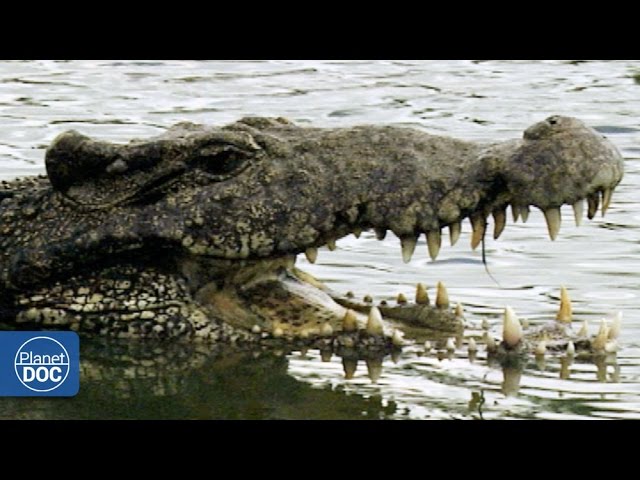

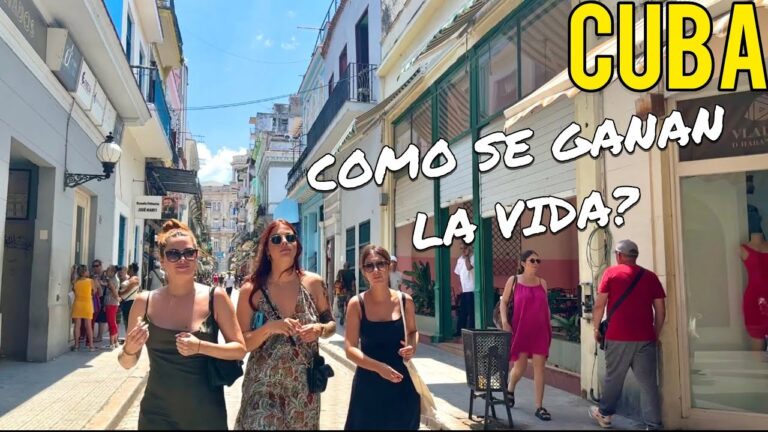
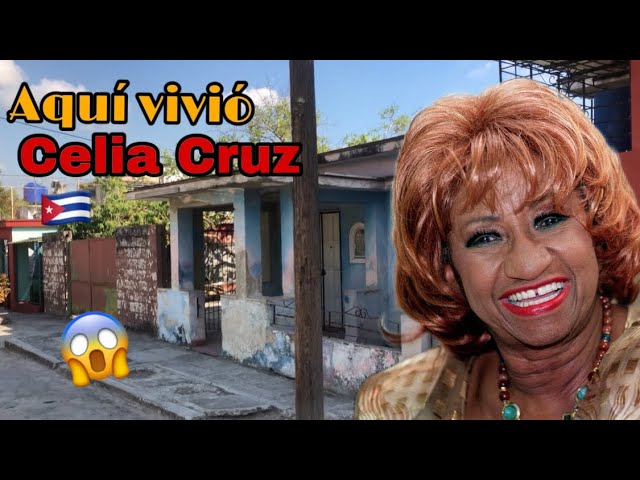

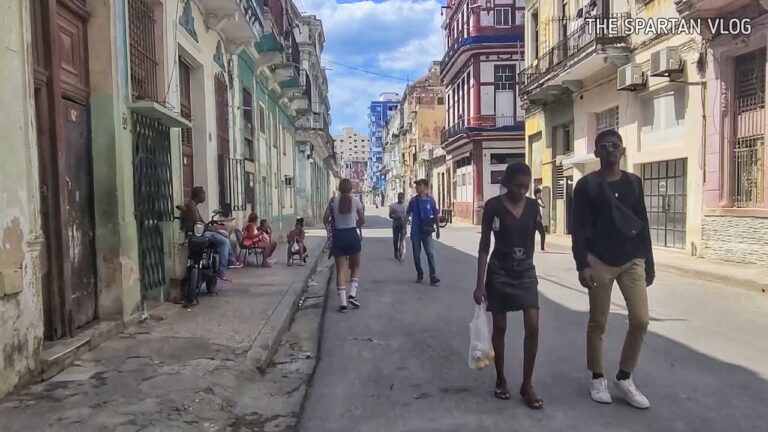
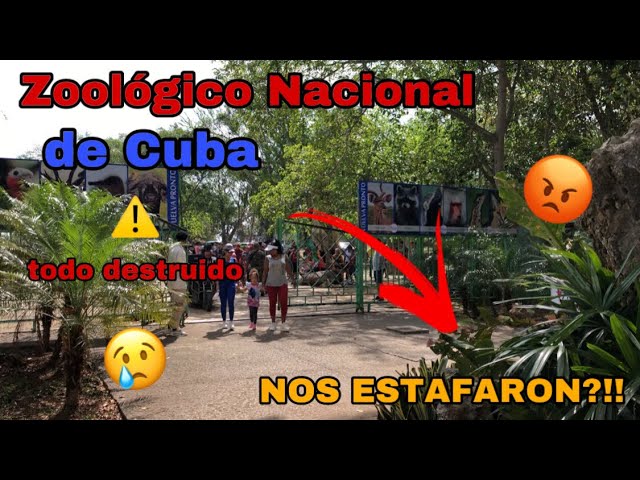

+ There are no comments
Add yours